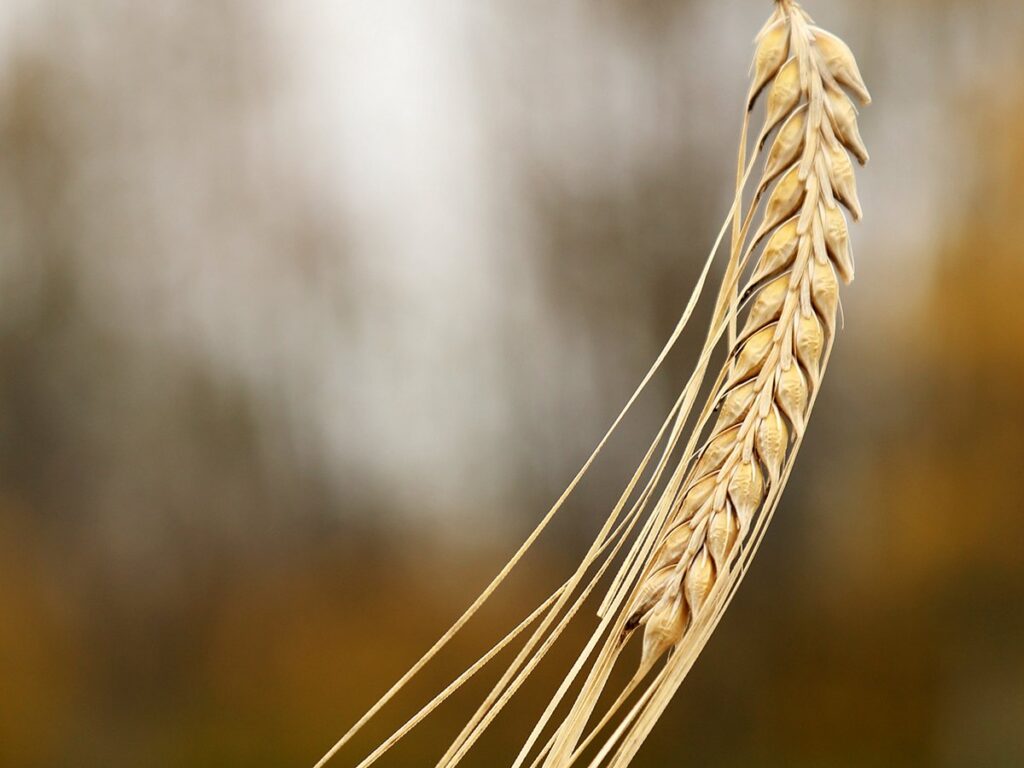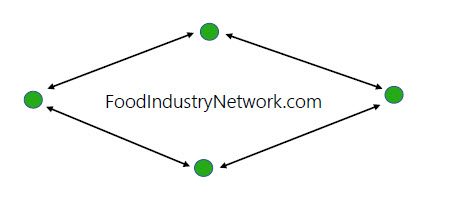Is 100 bushel barley a legitimate yield target?

WINNIPEG – Barley is not a Cinderella crop on the Prairies.
Acreage has been stuck in a range of 6.0 to 7.5 million since 2010 and provincial yields in Saskatchewan have been flat, mostly in the range of 60 to 70 bushels per acre.
Those numbers don’t tell the whole story. In some parts of the Prairies, barley yields have been booming.
Read Also


Live coverage: The 2025 federal agriculture debate
The Canadian Federation of Agriculture (CFA) is hosting a national agricultural leaders election debate 5 p.m. eastern time. It will…
In 2024, crop insurance data from central, east central and northeastern Saskatchewan show that the newest varieties of barley are producing average yields of 93 to 101 bushels per acre.
Those are averages, which means some growers are achieving barley yields above 100 bu./ac.
“There are some high yielding varieties out there,” said Mitchell Japp, research and extension manager with SaskBarley.
Last year in an on-farm trial near Humboldt, Japp knows of one grower who generated yields that seem improbable for barley.
“They were growing a malt variety and it was a plant growth regulator trial,” he said in early April.
“Without the plant growth regulator, they had 120 bu./ac. They saw up to a 20-bushel increase with the regulator. They were pushing 140.”
Saskatchewan Crop Insurance Corporation (SCIC) yield data for 2024, confirms that a percentage of growers are reaching similar yields for barley in parts of Saskatchewan.
In Risk Zone 17, northeast Sask.:
- CDC Churchill, a malt variety, averaged 101 bu/ac. on 16,700 acres
- AAC Synergy, a malt variety, the average was 93.5 bu./ac. on 96,000 acres
In Risk Zone 15, north-central Sask.:
- AAC Connect, a malt, averaged 89 bu./ac. on 14,700 acres
- CDC Churchill had an average of 97.3 bu./ac. on 9,200 acres
Those numbers are much higher than CDC Copeland, which was the most popular malt barley on the Prairies from 2016 to 2022.
In north-central Saskatchewan, Copeland averaged 76.5 bu./ac. – that’s 26 per cent lower than Churchill and 17 per cent below Connect.
Besides specific varieties, the SCIC yield data tells a much more positive story about barley than the provincial numbers.
In the last decade, average barley yields in Saskatchewan have been stagnant. They have remained in the range of 63 to 67 bu./ac., using data from Statistics Canada.
The flat yields are partly explained by persistent droughts in western Sask., but it’s also because some growers and maltsters have been slow to adopt the newest varieties.
“(There is a) lag period we have on variety transition, on the malt side,” Japp said, noting that AAC Metcalfe dominated acres for about 15 years and then CDC Copeland was the top dog for seven years.
“There is work within the industry, to facilitate and more smooth and more frequent transition of varieties.”
Barley needs to compete on yield
Malt barley and feed barley are obviously sold to two different markets. Maltsters and their tight specifications for malt barley can complicate matters for growers who are targeting big yields with higher rates of nitrogen.
More nitrogen can produce more protein in the kernel and maltsters have protein thresholds of around 12.5 per cent.
However, the newest varieties are high yielding and lower protein, so farmers can drive those varieties harder.
That’s critical because yield is still king.
Barley has to compete with other crops for acres. If growers perceive barley as a laggard compared to spring wheat or oats or corn, acreage will suffer.
“With the lowest rate of gain among major crops and competition with other low-cost feed options, fewer producers are choosing to grow barley. Yet, there remains optimism that barley can be competitive with other cropping options,” said a 2022 report from the East-Central Research Foundation in Saskatchewan, for a project called Barley MAX.
“Barley is generally either malt or feed, with a significant price difference sometimes in place. As a result, producers are incentivized to manage for malt and sacrifice yield in order to do so. Research is needed to help producers increase their yields, while maintaining malt quality.”
SCIC yield data suggest that some growers have been listening to that message, as 100 bu/ac. has become a legitimate yield target for barley growers.
Chad Ferguson, a SaskBarley director and farmer from Naicam, Sask., said the agronomic information is out there for barley, so farmers can achieve higher quality and better yields.
But getting there does require a change in mindset, where barley is managed carefully and thoughtfully.
Just like other crops.
“There are (some) growers who grow barley and they hope for malt barley. To me that’s the wrong way to look at it,” he said. “Nobody grows wheat for feed wheat. They always grow wheat because they want to grow milling wheat … They treat it as such.”
Contact robert.arnason@producer.com
Source: www.producer.com


